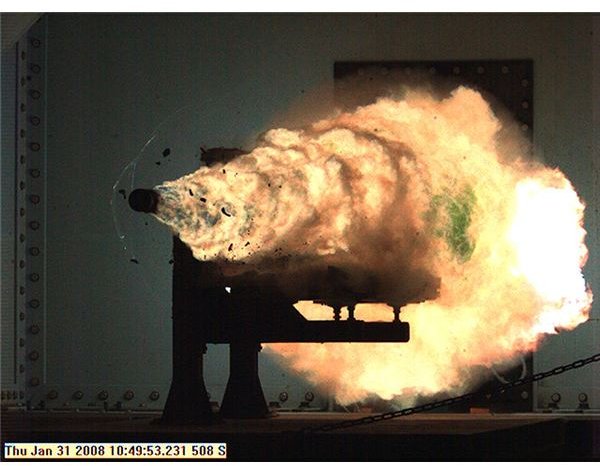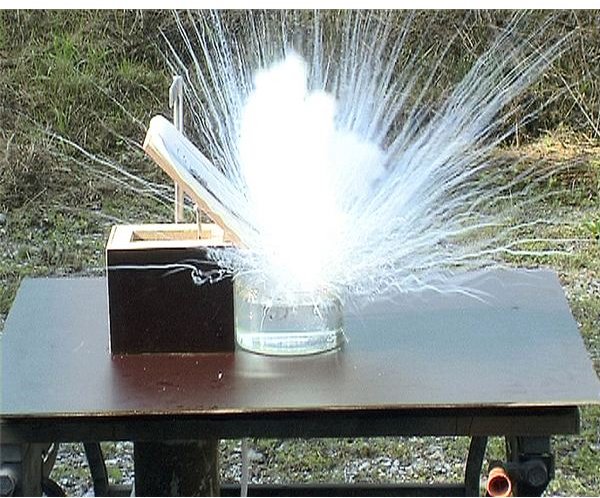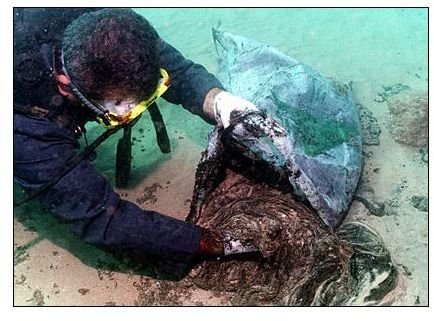High School Science Projects: Ten Great Ideas for Students
Get Those Creative Juices Flowing!
Every teacher’s mind goes blank once in a while, overwhelmed by the demand for new activities. And every parent is looking for the perfect high school science fair project. Below are ten top ideas to kick-start your creativity, split into three segments: the environment, magnetics, and chemical reactions.
Environmental Science Projects
1.) The Effect of Oil Spills on Underwater Plant Life: The BP oil spill will have consequences for decades to come. This timely science project could focus on the long-term impact on animals that feed off the plants or simply the effects on the plants themselves.
2.) An Investigation of Tap Water Safety: Potential projects could involve determining the amount of mercury or fluoride in local drinking water, or explaining why the government mandates adding certain chemicals into tap water.
3.) The Impact of Acid Rain on the Local Area: Heavy industry and vehicle emissions can cause rain to become more acidic. For an easy science fair project you could choose to measure the acidity of local rainfall, or perhaps determine if one particular nearby body of water has a lower pH level than others. More in-depth projects could consider the impact of acid rain on local monuments or forests.
Magnet Science Projects

4.) Do Electromagnetic Fields Affect Plant Growth? An interesting mix of physics and biology, this idea can be used to show that a project doesn’t always have to be categorized into a single scientific branch.
5.) An Investigation into Methods Data Storage Using Magnets: There are several ways to store data in a computer system. CD-ROMs use the interference patterns created by light waves, but hard-drives tend to use magnetic platters. This science project would likely appeal to a techie high school student who wants to understand more about how computers work.
6.) Electromagnetic Railguns – Theory and Practice: The US army has a prototype railgun which can fire a 3kg projectile at almost seven times the speed of sound. That snippet of information alone should be enough to get almost any high school boy excited, regardless of whether or not he normally enjoys science. If you want a particularly involving project, you could even try to build a railgun of your own, albeit a considerably less powerful one.
Chemical Reactions

7.) Analyzing the Reactivity of Alkali Metals in Water: An oldie, but also a classic. Metals in group one of the periodic table all have increasingly violent reactions to water. This project makes a good demonstration to get kids hooked on chemistry, although it’s advisable to avoid using Cesium. For a science fair project you could talk speculatively about the possible reaction francium, an extremely rare alkali metal, would display.
8.) The Perfect Proportion of Catalysts for [X]: One of the easier projects, try selecting a chemical reaction which requires the use of a catalyst. Then try to determine the ideal proportion of catalyst to reactants.
9.) Demonstrating Conservation of Matter: The Law of Conservation of Matter states that no matter can be created or destroyed, merely changed in form. This can, however, be hard to comprehend. A cost-free science project could focus on showing exactly how this is the case for a certain reaction.
10.) Dopamine and Dating - How Chemicals Make us Feel: Another interesting interaction between two branches of science, this time neurobiology and chemistry. This high school science fair project could be ideal for the intellectual, and possibly slightly aloof, high school student who likes to have a logical explanation for everything.
